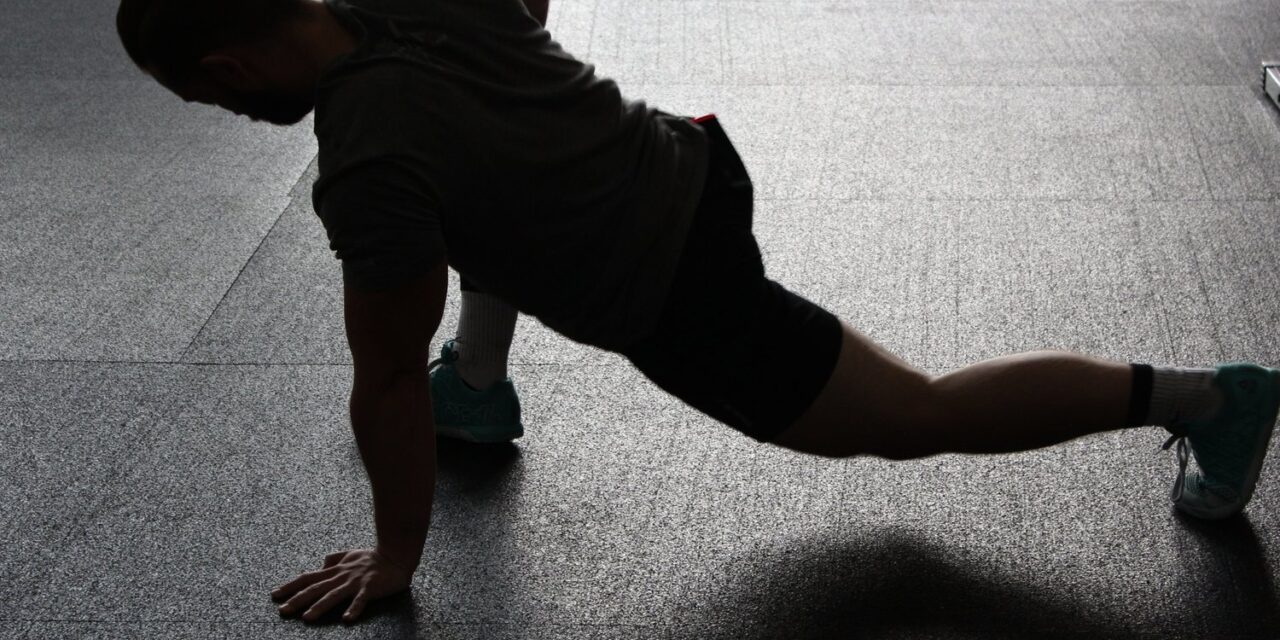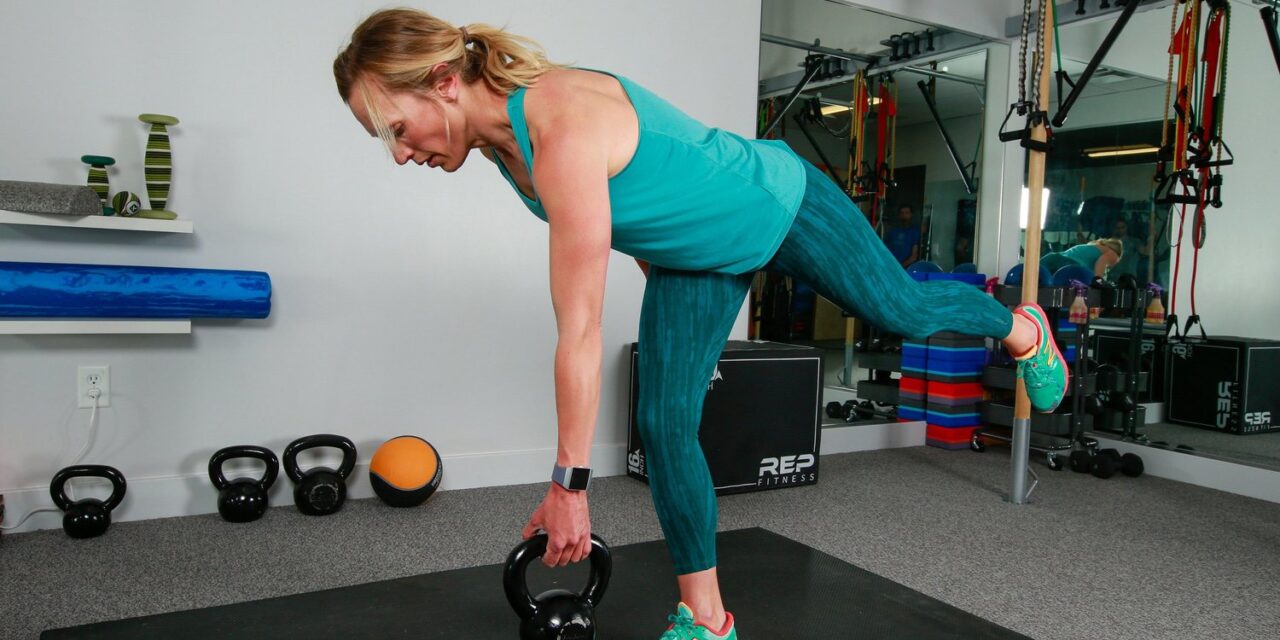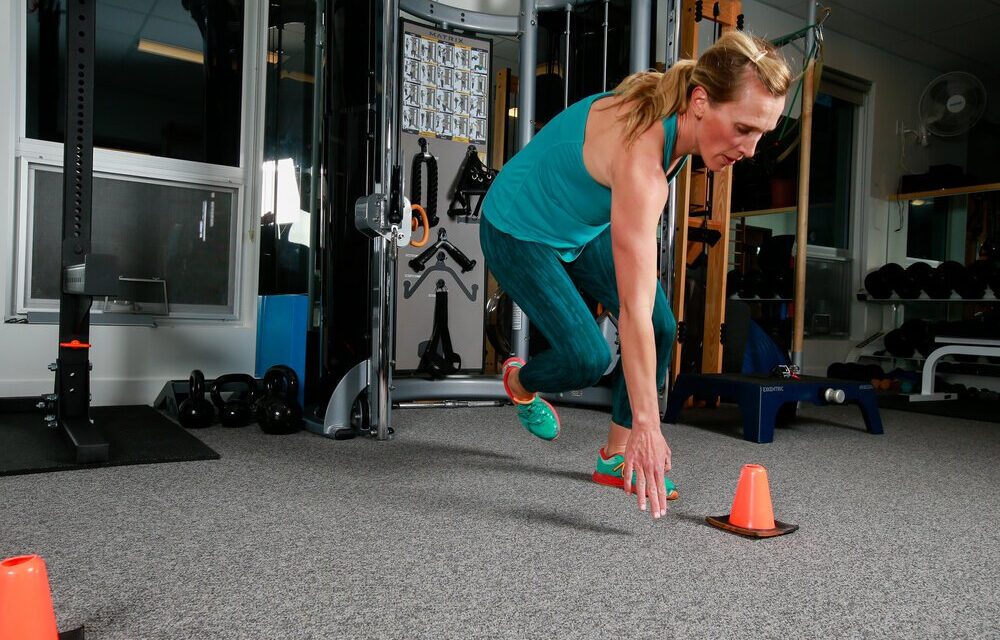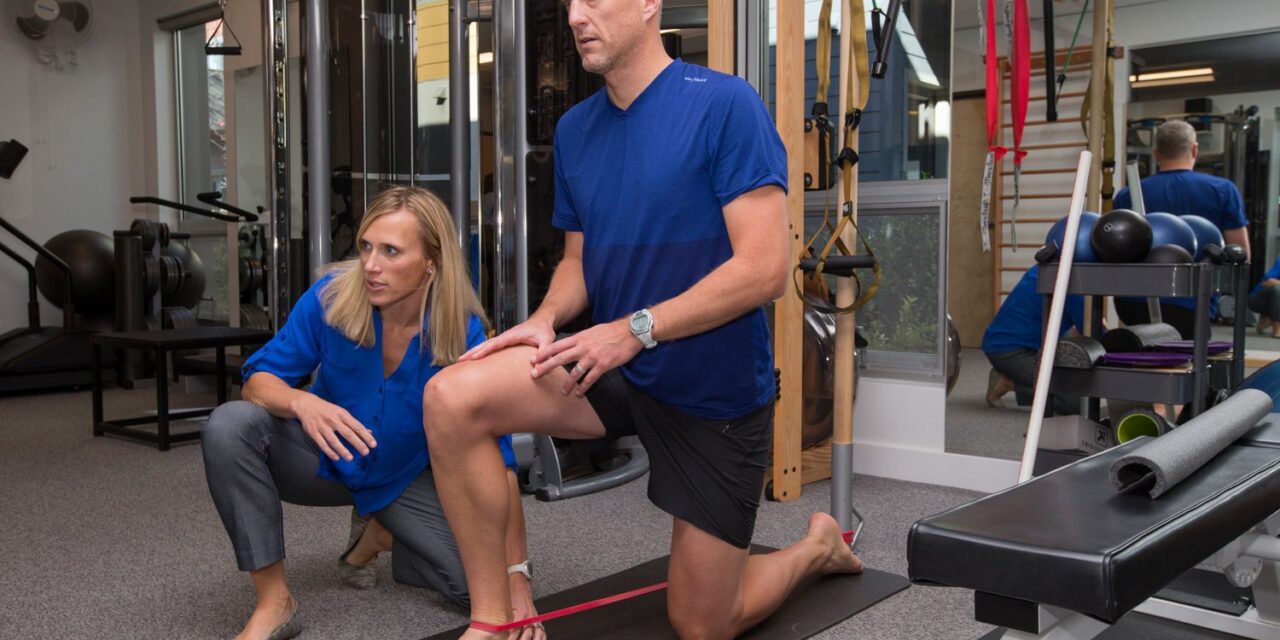Do Floss Bands Improve Range Of Motion?
Most patients and clients in our Boulder Physical Therapy and Lafayette Physical Therapy clinics are looking to regain mobility. Lost range of motion can be due to a variety of factors including injury, surgery, muscle imbalances, and functional movement patterns. In addition to manual therapy, mobility exercises, and stretching Physical Therapists have looked to increase...




